In India, turmeric has been recognized as a medical superfood for literally thousands of years..
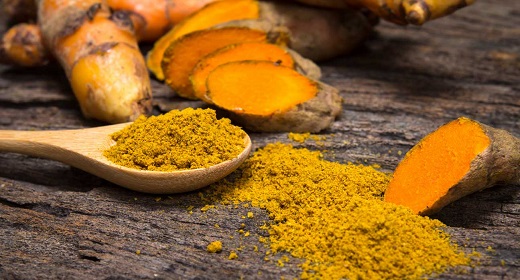
but when people in other parts of the globe came to learn about it, for the most part, they knew it as just the spice which added flavor and color to curries. Over recent years, however, there has been a (re)discovery of natural, plant-based health and traditional medical practices such as ayurvedic medicine and this has led to a new appreciation of turmeric and curcumin.
While we see this as a positive, we also get the feeling that there is a lot of confusion around the topic of turmeric and curcumin, so we have put together this guide to help clear it up. Let’s start with some basics.
What exactly is turmeric?
From a botanical perspective, turmeric is more properly known as curcuma longa and is a member of the zingiberaceae plant family. In practical terms it’s a compact bushy plant, which thrives in regions where there is a combination of warm temperatures and plenty of rainfall, hence it’s mainly found in Asia, particularly India. It’s cultivated principally for its rhizomes (roots), which can be eaten raw or cooked from fresh, but are more often dried and ground into powder or used for the production of turmeric oil.
Then, what is curcumin?
Chemically, curcumin is what is known as a phenol. These are natural chemical compounds produced to serve a purpose related to the environment in which an organism is found, for example they may help to ward off common diseases or to discourage predators. As you may have guessed from this, these phenols often have properties which are very beneficial to humans, particularly in terms of health.
At current time, curcumin is mainly recognized as an antioxidant, hence its use in anti-ageing beauty products. It has long been used in ayurvedic medicine for its anti-inflammatory and antimicrobial properties and is currently being studied by scientists to measure its potential as an immunomodulatory and chemosensitizing agent. In particular, it is of great interest as a potential treatment for cancer.
What is the difference between turmeric and curcumin?
We’ve looked at turmeric and we’ve looked at curcumin, so let’s clarify the difference between them. In short, curcumin is the main bioactive component of turmeric and hence makes a significant contribution to the health benefits offered by turmeric. Indeed, from a health and wellness perspective the presence of curcumin is arguably the single, biggest difference between turmeric (which has it) and ginger (which does not although it does have other health benefits).
NB: bioavailability is essentially a measure of how easy it is for the body to absorb a substance. We’ll talk about it in more detail later.
While curcumin is arguably the best-known component of turmeric, it actually only accounts for 2-5% of the content of a turmeric rhizome. Most of the rest of the content is carbohydrate (about 70%) and there is also some protein (about 7%) along with a range of vitamins, minerals, essential oils and resin. The importance of these extra elements should not be underestimated, in fact, scientific research has indicated that even without the presence of curcumin, turmeric offers significant medical benefits.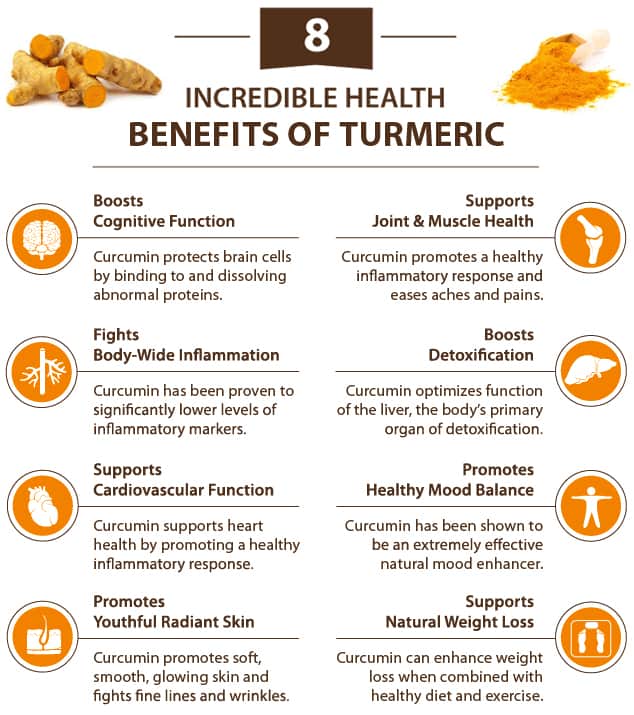
What health benefits does turmeric offer?
It’s anti-inflammatory
This is probably the single, most recognizable benefit of turmeric and why it is recommended to people with arthritis.
It provides pain relief
Turmeric and pain relief may be a bit of a chicken-and-egg situation in that turmeric is often suggested as a pain-relieving solution for joint pain, particularly arthritis. Given that turmeric is recognized as having anti-inflammatory properties, it is to be expected that as it reduces the inflammation which is causing the pain, so the pain itself will be relieved. It would be interesting to see further studies into turmeric’s pain-relieving properties in other situations.
It is an antioxidant
Let’s explain this in simple terms. Oxidation is any chemical reaction caused by the addition of oxygen. In everyday life, ordinary rust is probably the most visible example of oxidation. It’s when iron turns to iron oxide. The reason rust is often associated with wetness rather than just with oxygen is because oxygen is transported in water (H2O), often alongside chemicals which damage the iron and make it more vulnerable to oxidation.
In the human body, oxidation is a process which may result in the production of free radicals, which can cause great damage to cells, proteins and DNA. Free radicals are associated with serious illnesses such as Alzheimer’s disease, atherosclerosis cancer and Parkinson’s disease to name but some. At this point in time, scientists are getting very excited about the potential for using turmeric to prevent or at least manage diabetes. Even those who already have diabetes may benefit as turmeric may prevent their liver from being damaged by strong drugs.
It can assist with digestion
Practitioners of ayurvedic medicine have long recommended turmeric to promote good digestion. Now Western science has realized they were right. Since turmeric has anti-inflammatory and antioxidant properties, it helps your digestion. In fact, turmeric may even benefit those with Irritable Bowel Syndrome.
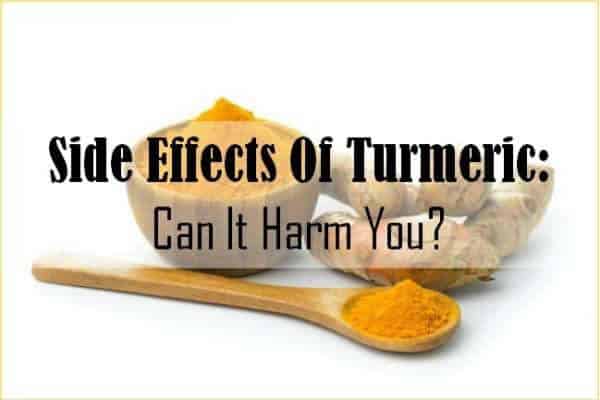
Turmeric curcumin side effects
While turmeric curcumin has many benefits and is perfectly safe for most people, people on blood-thinning drugs such as Warfarin (also known as Coumadin) should definitely take medical advice before consuming turmeric in anything more than the smallest of doses as it has blood-thinning properties. Even if you are not taking blood-thinning drugs, be alert to any signs that cuts are bleeding more than normal. This is extremely rare but does occasionally happen.
If you are going to experience issue with turmeric, they are much more likely to be related to your digestion. Even though turmeric is generally beneficial for the digestive system, if you’ve ever eaten it or even just smelled it, you’ll know that it’s a strong spice and basically it seems to be a bit too much for some people. Having said that, if you introduce it into your diet gradually, you’re much more likely to adapt to it easily and avoid any issues.
There is a slight possibility that turmeric may stimulate contractions in pregnant women. There are plenty of stories about women in the late stages of pregnancy eating curry (which contains turmeric) to try to induce labour. While these have long been thought of as old wives’ tales, there is now evidence to suggest that turmeric could be useful in the treatment of menstrual problems so the issue of turmeric and pregnancy may come under the heading of “watch this space”.
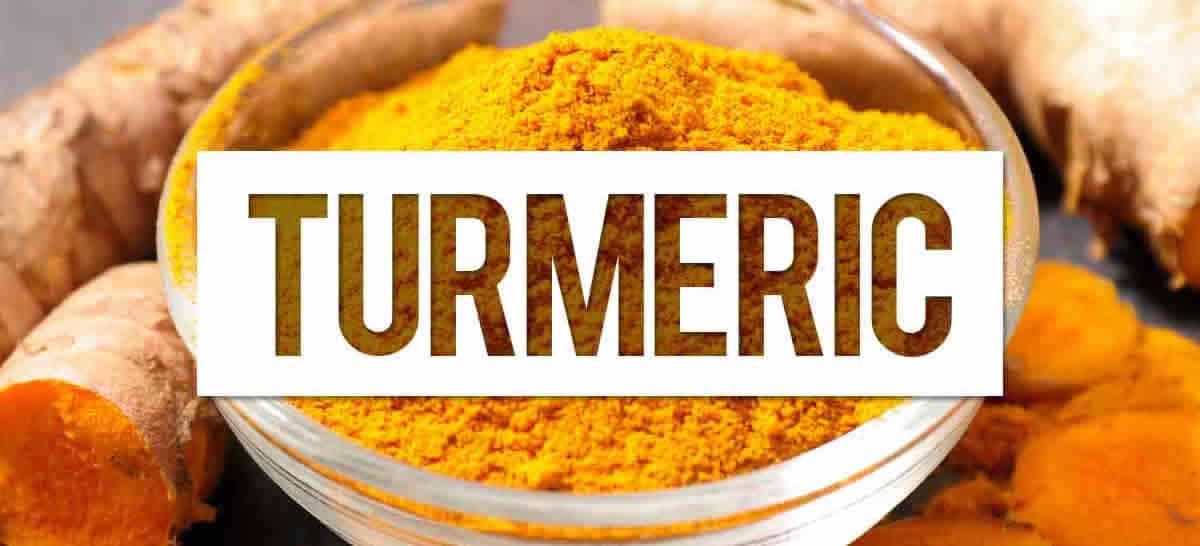
Turmeric and curcumin, the marketing and the facts
As ancient wisdom has been put under the microscope of modern science, we’ve developed a far greater and clearer understanding not just of what plants do, but of how they do it, in other words what chemical compounds, specifically, are responsible for the medical benefits offered by healing plants such as turmeric. This has brought the healing power of curcumin to mainstream attention and has created a kind of self-fulfilling marketing prophecy.
Basically all the medical and (health) media attention devoted to curcumin specifically has led to a situation where modern customers are just as likely to be looking for curcumin as they are for turmeric. From a sales perspective, therefore, it is vital that all packaging and product descriptions contain both terms so that customers can find what they need either on a shelf or through a search engine. At the same time, however, this approach can give the impression that turmeric is all about curcumin and actually this is very far from being the truth.
In actual fact, even though science is validating the health-giving properties of curcumin, it is also highlighting the fact that even when the curcumin content is removed, turmeric still offers a wide range of medical benefits.
For example, one study investigated curcumin-free turmeric (CFT) components and concluded that there was evidence to indicate that they not only had anti-inflammatory properties but could also be beneficial in the treatment of both cancer and diabetes.
Another study compared curcuminoids- and oil-free aqueous extract of turmeric with curcuminoids and turmerones (volatile oil) and concluded that the former “showed considerable anti-inflammatory effects against acute and chronic inflammation and the effects were comparable to those of curcuminoids and turmerones.”.
This second study was supported by a third study into an aqueous based extract of turmeric and its polysaccharide fractions in the presence and absence of mitogens. (Mitogens are substances which trigger mitosis or cell division). It found that in addition to having anti-inflammatory properties, it also demonstrated immune-stimulatory activity.
Cutting to the chase, while curcumin is great, turmeric has a whole lot more to offer. In fact, arguably the strongest reason for taking turmeric curcumin supplements has less to do with the increase content of curcumin and more to do with a combination of bioavailability, consistency and convenience. Let’s look at all of these starting with the issue of bioavailability, which we mentioned earlier.
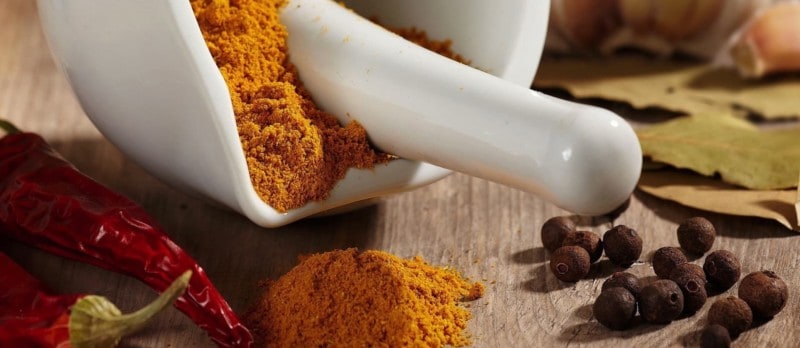
Turmeric, curcumin and bioavailability
Bioavailability is essentially a measure of how easy it is for the human body to make use of a substance. For example, refined sugar is one of the most bioavailable substances there is. You eat it and it’s available to you in the form of energy pretty much straight away, so much so that you can experience a “sugar rush”.
At the other end of the scale, parents and pet owners will be well aware of the fact that both children and pets can swallow items that were never intended for them to be eaten and hence have zero bioavailability. When this happens, you basically just have to hope that they pass through their bodies and come out the other end undigested, otherwise it’s a (potentially expensive) trip to the doctor or veterinarian.
While turmeric is definitely a legitimate foodstuff (for humans at least), it has low bioavailability. In practical terms this means that most of the turmeric you eat will be wasted and pass through your body undigested. Given turmeric’s many benefits, this is, of course, a great shame and so people, such as nutritionists and scientists have looked for ways to address this. Basically, there are three possibilities.
Increase your intake of turmeric
On paper this looks reasonable and simple, but in real life the situation may be rather different. At the end of the day, turmeric is not only a food (meaning there’s a physical limit to how much of it you can eat), but it’s also a strong-tasting food, which has a bearing on how it can be used, for example we doubt many people would willingly sprinkle it on their breakfast cereal in the morning.
Focus on the bit of the turmeric you want
If you specifically want curcumin, then, mathematically speaking, it makes a lot of sense to extract the 2-5% curcumin content from the turmeric and make this available as a stand-alone health product. There is, however, more to life than math.
First of all, curcumin itself has low bioavailability so although you’re improving the situation in the sense that you’re getting your body to focus on digesting the curcumin rather than all of the turmeric, you’re arguably not really resolving it.
Secondly, while curcumin may be the headline attraction of turmeric, as we’ve already mentioned, turmeric comes with a whole range of extra benefits in addition to curcumin and it seems a pity to pass them over.

Improve the bioavailability of turmeric and/or curcumin
You’ve probably heard the expression “the whole is greater than the sum of the parts”, well it can hold true for food too. Sometimes eating foods in combination can make it easier to absorb the nutrients from one or both of them.
Turmeric curcumin with Bioperine
In the case of turmeric and curcumin, the addition of simple black pepper can improve bioavailability by up to 200%. This improvement has been traced back to the relationship between turmeric and curcumin and a specific component of black pepper called piperine. Piperine has been used as the foundation for a patented product called bioperine, which is often included in the best turmeric supplements in order to improve the bioavailability of turmeric and curcumin.
Turmeric curcumin with fats
Curcumin does not readily dissolve in water, but it does dissolve in fat (the technical term is lipo solvent). This means that edible oils could be used to help with the initial process of breaking down curcumin to make it easier for the body to digest.
Now that we’ve clarified the issues surrounding turmeric curcumin and bioavailability, let’s look at the issue of consistency.
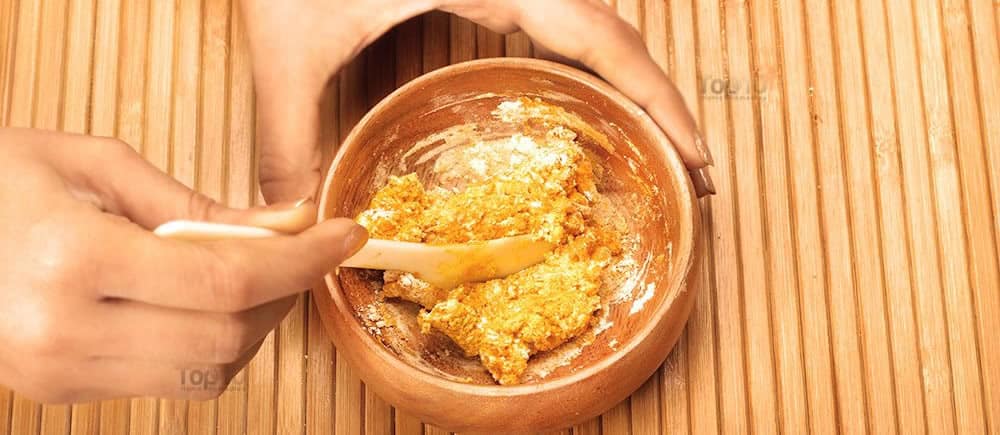
Turmeric curcumin and consistency
One of the single, biggest reasons people have issues with weight control is that they do not keep proper track of what they eat and so they wind up consuming not only more calories than they thought but also more “empty calories” than they thought, empty calories meaning calories without any nutritional value, sugar being probably the single, biggest culprit here.
Similarly, one of the single, biggest reasons, people fail to get the most out of any health and wellness product, be it a fresh superfood or a supplement, is because they fail to use it regularly and consistently so they can accurately judge its effect on their body and/or mind. If you’re using fresh foods, such as fresh turmeric, this means you have to keep tabs on portion sizes. If you’re using supplements, it basically means you have to stick to the same brand and dose for a while to give it a chance to do its work.
We have to add a slight caveat here and say that regardless of whether you’re using fresh superfoods or a supplement, it’s important to go to a quality supplier so you get consistently good products, otherwise your results will be influenced by the changes in the quality of the food or supplement you are eating/taking.
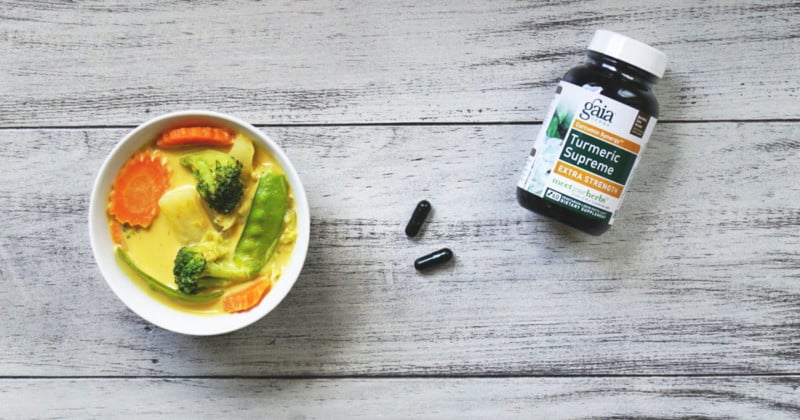
Convenience
Let’s be honest, while interest in healthier living seems to be growing all the time, many people live very fast-paced (“always-on”) lifestyles and frankly convenience matters to a lot of us. In terms of turmeric and curcumin, we’d define convenience as getting an appropriate turmeric curcumin dosage reliably and with minimal hassle.
For the sake of clarity, let’s go over these points. An appropriate turmeric curcumin dosage will depend on your reasons for taking turmeric in the first place, basically are you just trying to add an extra element to a healthy diet or do you actually need relief from a condition such as arthritis?
Reliably means you can get a consistent enough does, which again, depends on your situation. If you use a specific measure of turmeric powder every day, then your dosage should stay within the same sort of ball park. If, however, you take a supplement every day, then your dosage should be exact. The former situation is more appropriate for general healthy eating and the latter for treating medical conditions.
With minimal hassle means exactly that. In very blunt terms, human nature being what it is in everyday life, the easier it is to do something we know is good for us, the more likely it is that we will do it.
All that said, let’s have a look at the various ways to take turmeric and curcumin and see how they stack up in these terms.

Turmeric curcumin dosage and how to get it
Fresh turmeric
It may be just us, but the fact that we continually see turmeric powder, turmeric oil and turmeric curcumin supplements makes it easy to forget that turmeric is still sold fresh and raw as a foodstuff, or at least it can be, depending on where you live. If you are a city dweller with access to Asian food stores, you have a decent chance of finding it, elsewhere probably rather less so.
If you can get fresh turmeric and you like the taste then you can certainly go ahead and enjoy it, you’ll find plenty of recipes on the net and if you’re into smoothies and juicing, then a piece of turmeric root can, quite literally, spice up your drink as well as adding plenty of nourishment.
At the same time, however, you do have to be aware that when you’re simply buying fresh ingredients and preparing them at home, it’s nearly impossible to be as accurate and/or consistent with your dosage as you can be with supplements, which are produced in carefully-monitored conditions.
If you’re simply looking to add turmeric to your diet as part of healthy eating then this may not bother you at all, but if you’re looking to use turmeric to treat a particular condition then it may be more of an issue.

Turmeric powder
We suspect that all but those living in the remotest of areas should be able to find turmeric powder in a store somewhere near them and even those who live in remote locations should be able to get it on the internet.
Turmeric powder offers a higher level of convenience than fresh turmeric for the simple reason that it’s intended for longer-term storage, but otherwise it can be thought off in much the same terms. If you like turmeric by all means, use it in cooking (and/or juicing), just be aware that you have far less control over either the overall quality or the specific levels of active ingredients.
Turmeric oil
Similar comments apply to turmeric oil as for turmeric powder, however for once we’ll allow ourselves to go ever so slightly off topic and toss in the fact that turmeric oil may be a great choice for anyone who wants to use turmeric externally. While this article is mainly about turmeric consumed as a food (or supplement), it actually offers a lot of benefits when applied to the body in the form of an oil, so if you’re in to making your own toiletries and/or beauty products, then turmeric oil could be well worth a look as a potential ingredient.
Turmeric curcumin supplements
High quality turmeric curcumin supplements tick all the boxes of providing an appropriate level of turmeric curcumin dosage, accurately, reliably and conveniently. The best supplements also address the issue of turmeric, curcumin and bioavailability, usually by blending the turmeric with substances which make it more digestible, usually through the addition of piperine/bioperine and/or a fat. We are, however, aware that choosing the right supplement can be a bit of a challenge due to the sheer number of the out there and the great variation in their quality.
With that in mind, we’ve compiled a list of what we feel are the top ? turmeric and curcumin supplements, which we’re happy to recommend. So if you do decide that turmeric and curcumin supplements are the right choice for you in general, we hope this list will save you the effort of working your way through the huge range of options out there and help you choose the exact one that’s appropriate for you personally in your own unique situation.









































